It starts with a soft “ahhh” as you sink into the perfect spot, your mattress seems to remember exactly where you like to land. But this magical-feeling material wasn’t originally made for comfort; it has a history that might surprise you. In fact, memory foam had a much more high-flying beginning than most people realize.
According to a NASA Spinoff article, memory foam was invented for a 1960s Ames Research Center project aimed at improving seat cushioning and crash protection for pilots and passengers. It wasn’t until years later that the unique properties of this material made their way into consumer products, especially mattresses.
Before memory foam became the go-to choice for a restful night's sleep, it had a completely different mission. In this blog, we’ll take you through the surprising story behind memory foam mattresses and how a NASA innovation found its way into bedrooms around the world.
Memory Foam’s High-Flying Origins

Memory foam wasn’t designed with bedrooms in mind. In 1966, NASA engineers sought to solve a problem: how to make aircraft seating safer for astronauts and pilots during high-impact landings. Their goal was to create a material that could absorb shock but return to its original shape afterward.
They succeeded. What they came up with was “temper foam,” a slow-recovery material that could mold to pressure and evenly distribute weight. This special foam helped reduce the force of impact during crashes and was used in airplane seats, helmets, and padding.
How Did Memory Foam Go From The Sky to Your Bed?
After NASA made the technology public, it took some time for companies to recognize the potential beyond aircraft safety. Hospitals were some of the first to adopt it. The foam’s pressure-relieving properties helped prevent bed sores in patients who had to lie still for extended periods.
Soon, it was used in wheelchair cushions, padding for athletes, and eventually, pillows and mattresses. The first commercial memory foam mattress was introduced in the early 1990s. It wasn’t cheap, but people were curious—and for good reason. It offered something no traditional mattress could match: it adapted to your body.
As interest grew, prices dropped. More brands entered the market. Memory foam mattresses became more accessible to people who wanted better sleep without springs poking into their backs.
What Makes Memory Foam Mattresses So Special?

Memory foam excels at pressure relief as it responds to heat and body weight, which is why it softens just where you need it to. That’s what gives it that hug-like feel. It can also help with motion transfer, so if you sleep with a partner, their tossing and turning won’t wake you up.
Most memory foam mattresses are made of layers. The top is made of soft, slow-moving foam, and underneath is a firmer base that provides support. Some models include gel or open-cell technology to enhance airflow and cooling, one of the few complaints early users had.
How Memory Foam Mattresses Changed the Way We Sleep
Once memory foam hit the mattress market, everything shifted. Traditional spring beds were bouncy and didn’t offer the same pressure relief. But a memory foam mattress conforms to the curves of your body. They kept your spine more aligned and cushioned sore spots like your shoulders and hips.
One of the biggest reasons people made the switch was motion isolation. If you sleep with a partner who tosses and turns, memory foam helps you stay undisturbed. The foam absorbs movement, so you barely feel anything.
That’s a big deal when you consider how common sleep issues are; around 15–30% of adults report sleep disorders. For many, memory foam made rest feel more personal as if the mattress were finally working with the body instead of against it.
Final Thoughts
Memory foam mattresses didn’t start in a bedroom—they started in a NASA lab. It’s kind of wild to think that something made for astronauts now helps millions of people sleep better. Memory foam mattresses have come a long way, from safety cushions in planes to quiet, cozy nights in your bedroom. What started as a safety innovation turned into a comfort revolution. So next time you melt into your mattress after a long day, remember, your bed has a story. And it started in space.
From Space Labs to Your Bedroom—Experience the Innovation
NASA created memory foam to protect astronauts. Now, it's transforming how we all sleep, right in our own homes. At Blissful Nights, we offer cutting-edge memory foam mattresses designed for real-life comfort and next-level support.
Discover the mattress with a story worth lying on—shop now and feel the difference tonight.
FAQs
Who invented memory foam?
Memory foam was created by NASA researchers in the 1960s to improve seat cushioning and crash protection for pilots and astronauts.
Why are memory foam mattresses popular?
They’re known for comfort, pressure relief, and motion isolation. Many people also find that they reduce back pain and help with deeper sleep.
How thick should a memory foam mattress be?
Most are between 8 to 14 inches thick. Thicker ones usually feel plusher, but even a 10-inch mattress can provide ample comfort and support.
Do memory foam mattresses sleep hot?
Traditional memory foam can trap heat, but newer designs use gel or open-cell foams to stay cooler.
How long does a memory foam mattress last?
Most memory foam mattresses last about 8 to 10 years with regular use and proper care.


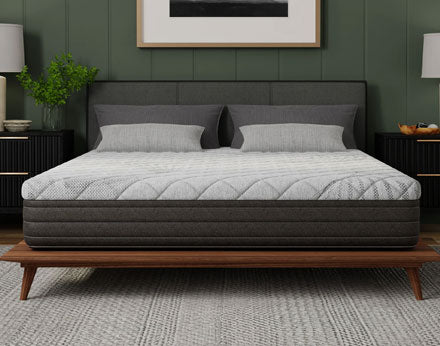
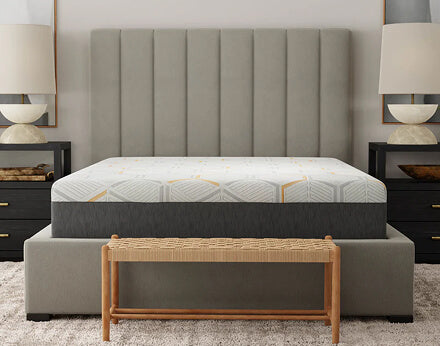
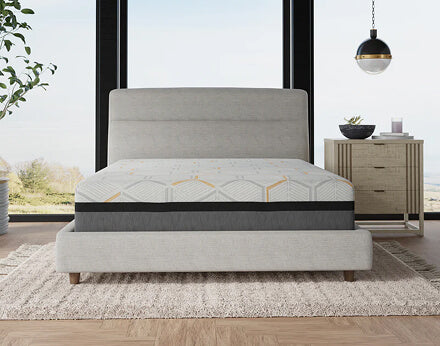

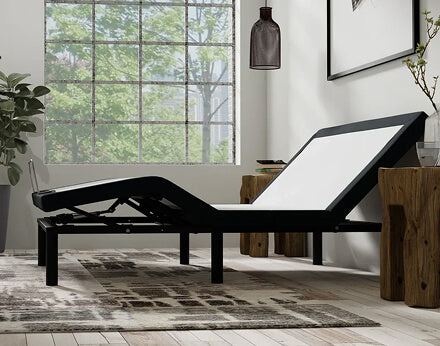
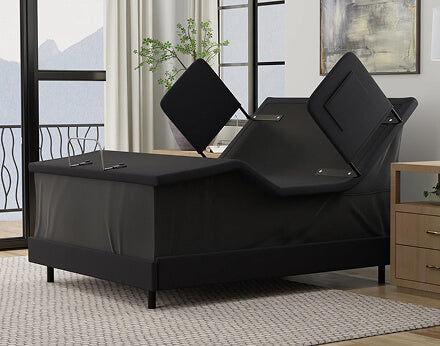
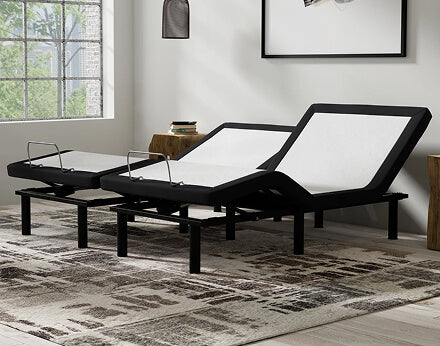


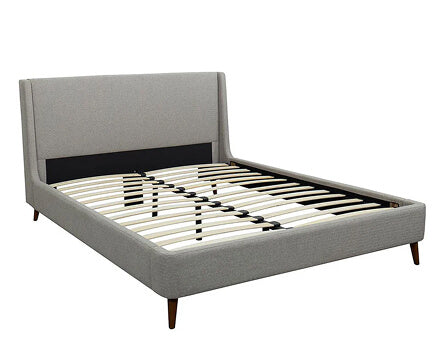
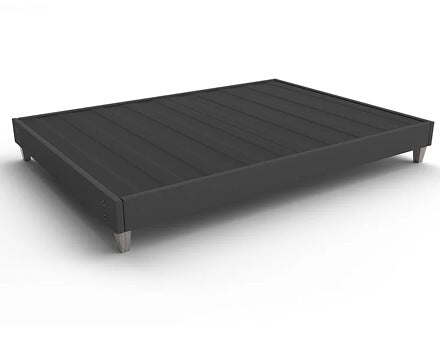
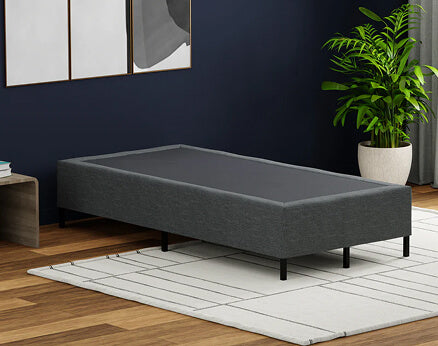
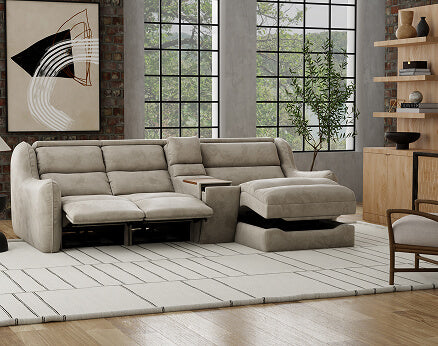
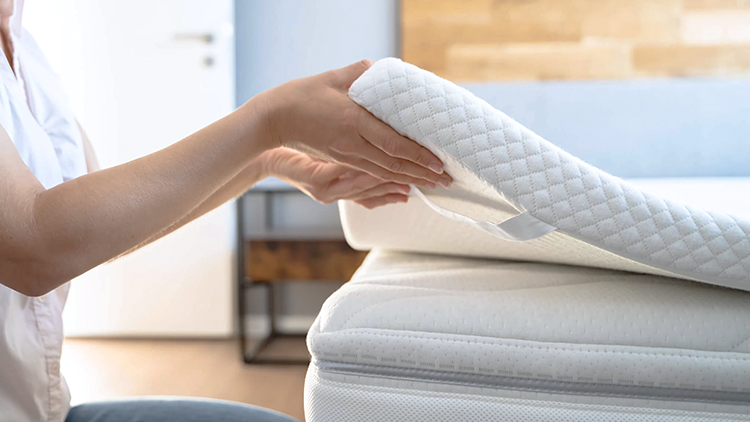

Leave a comment
This site is protected by hCaptcha and the hCaptcha Privacy Policy and Terms of Service apply.